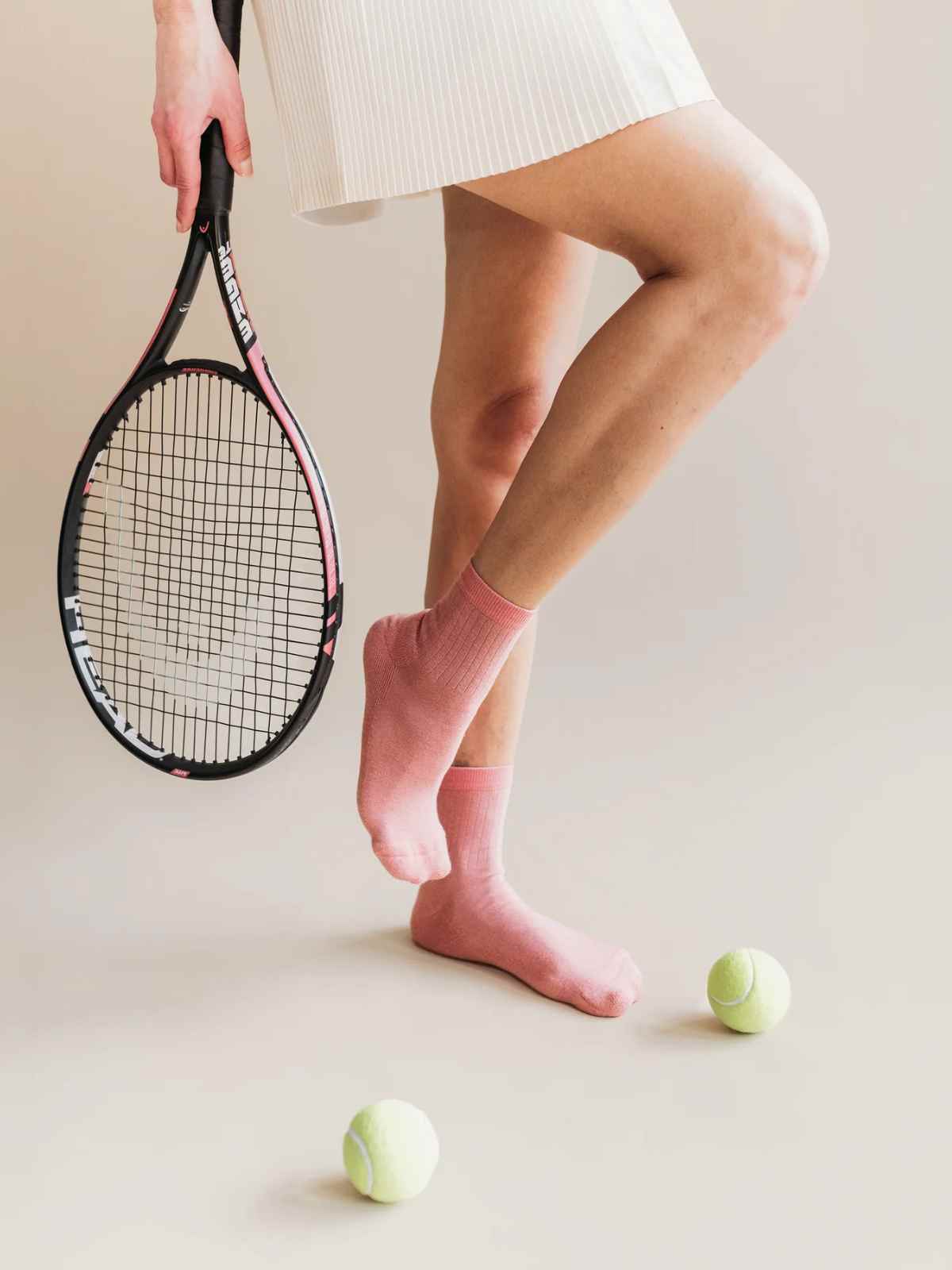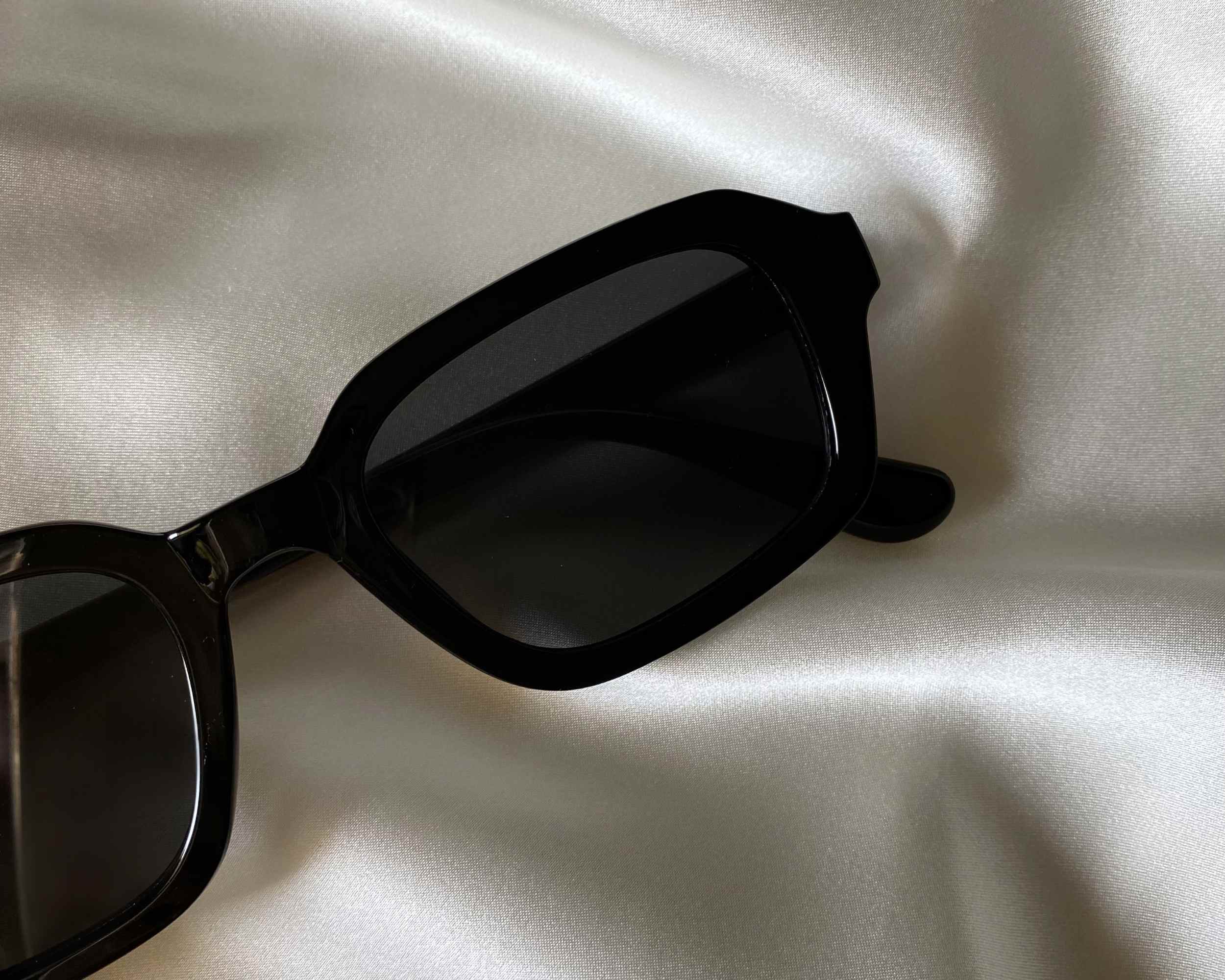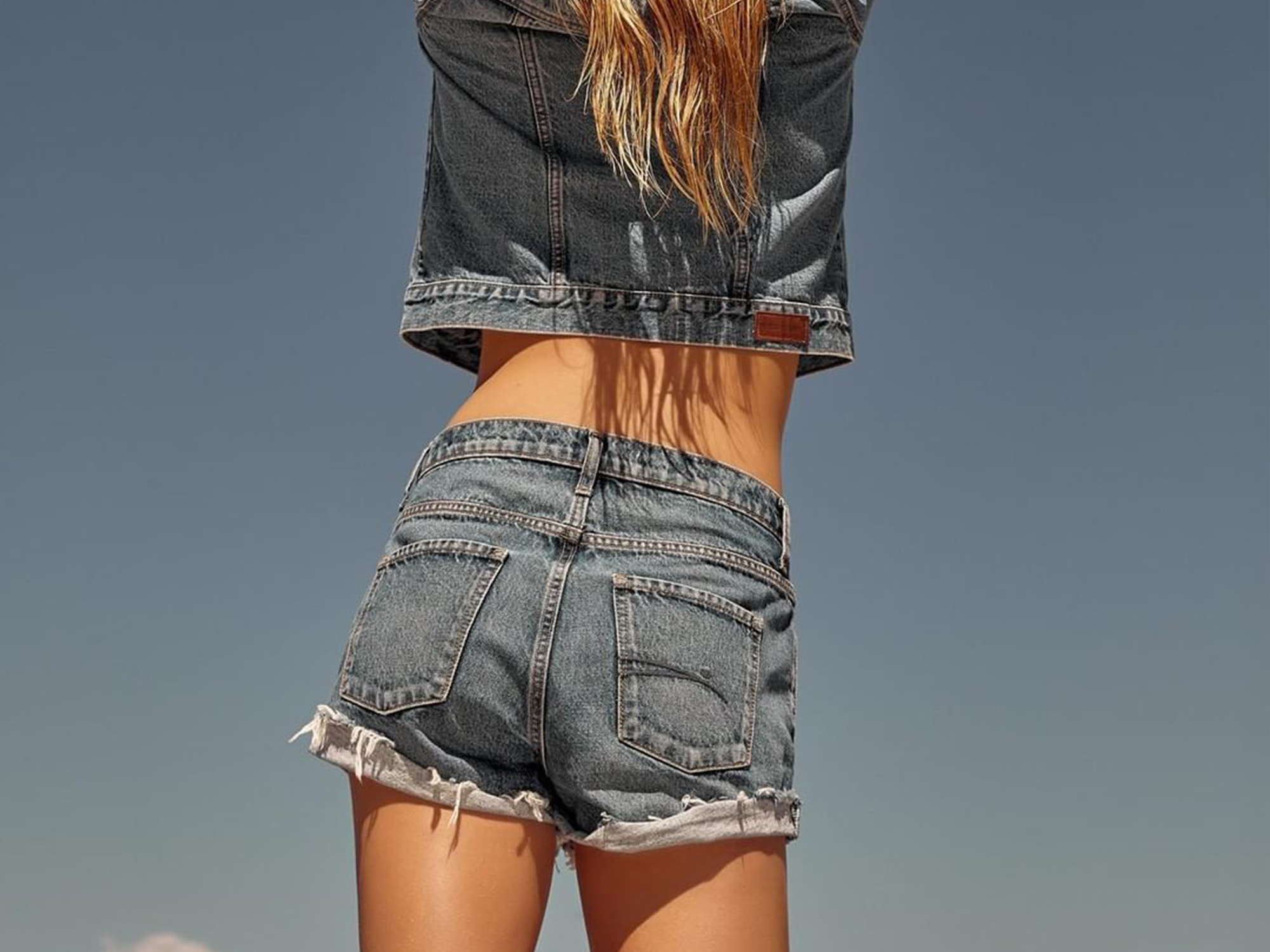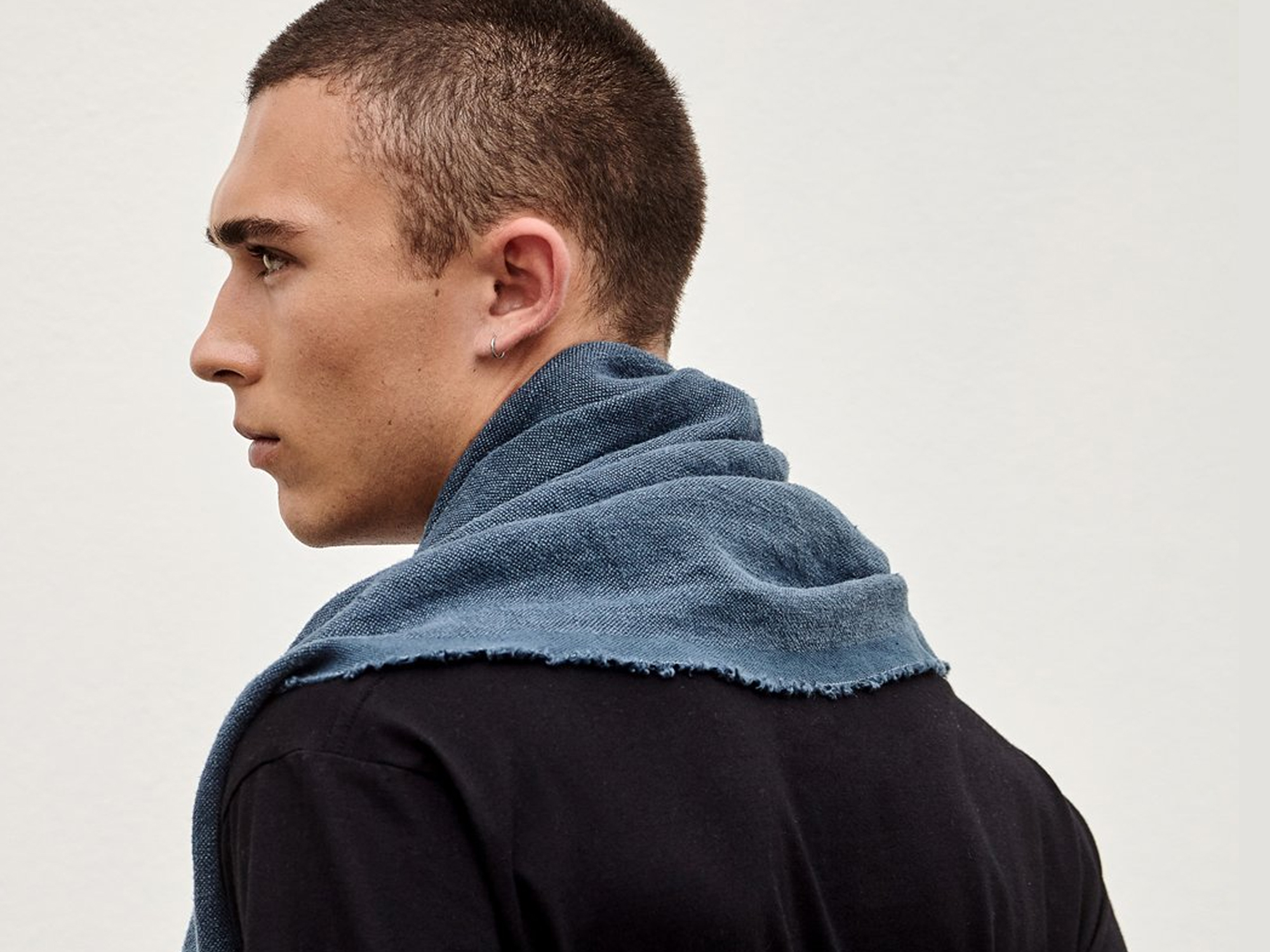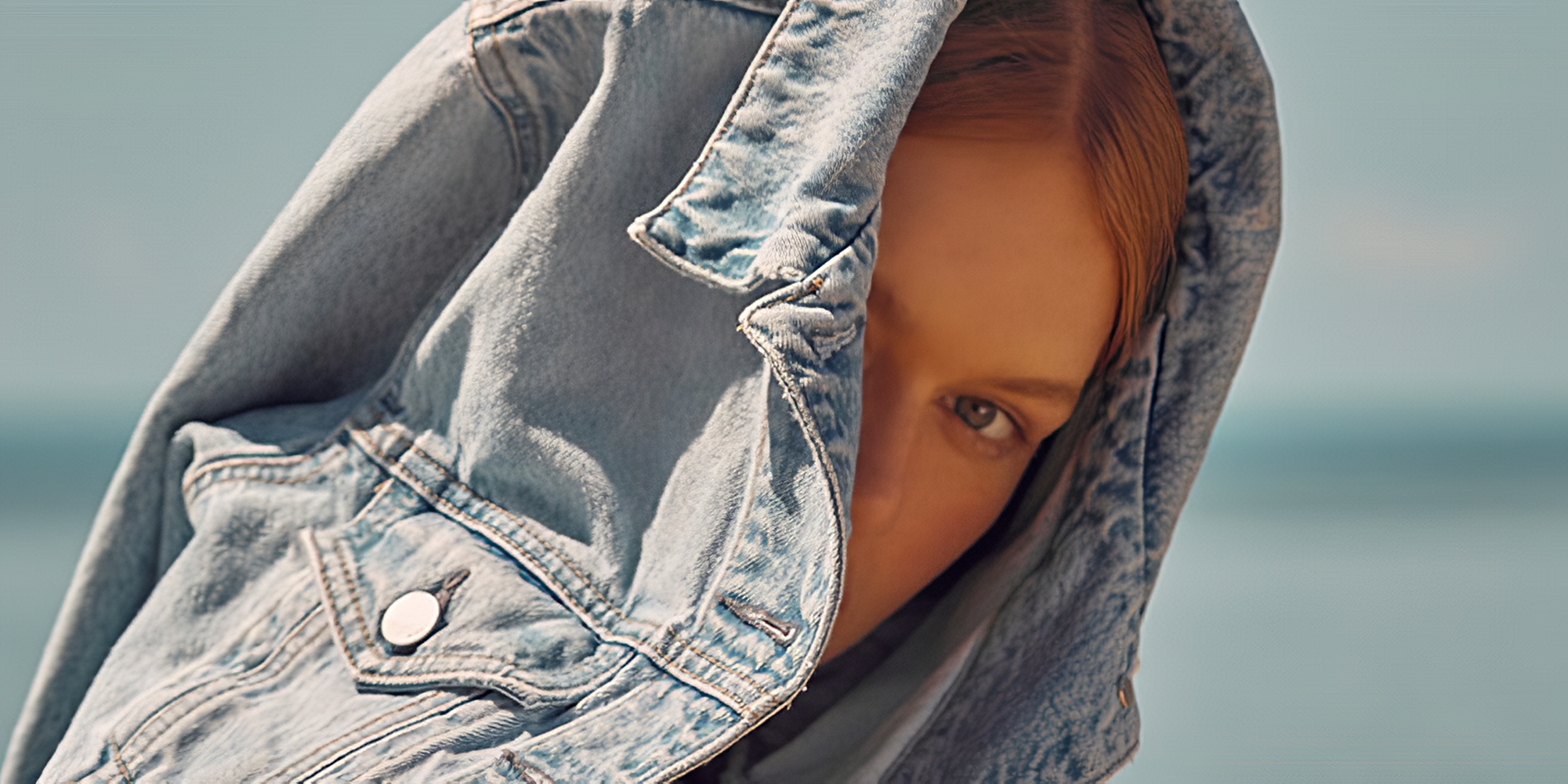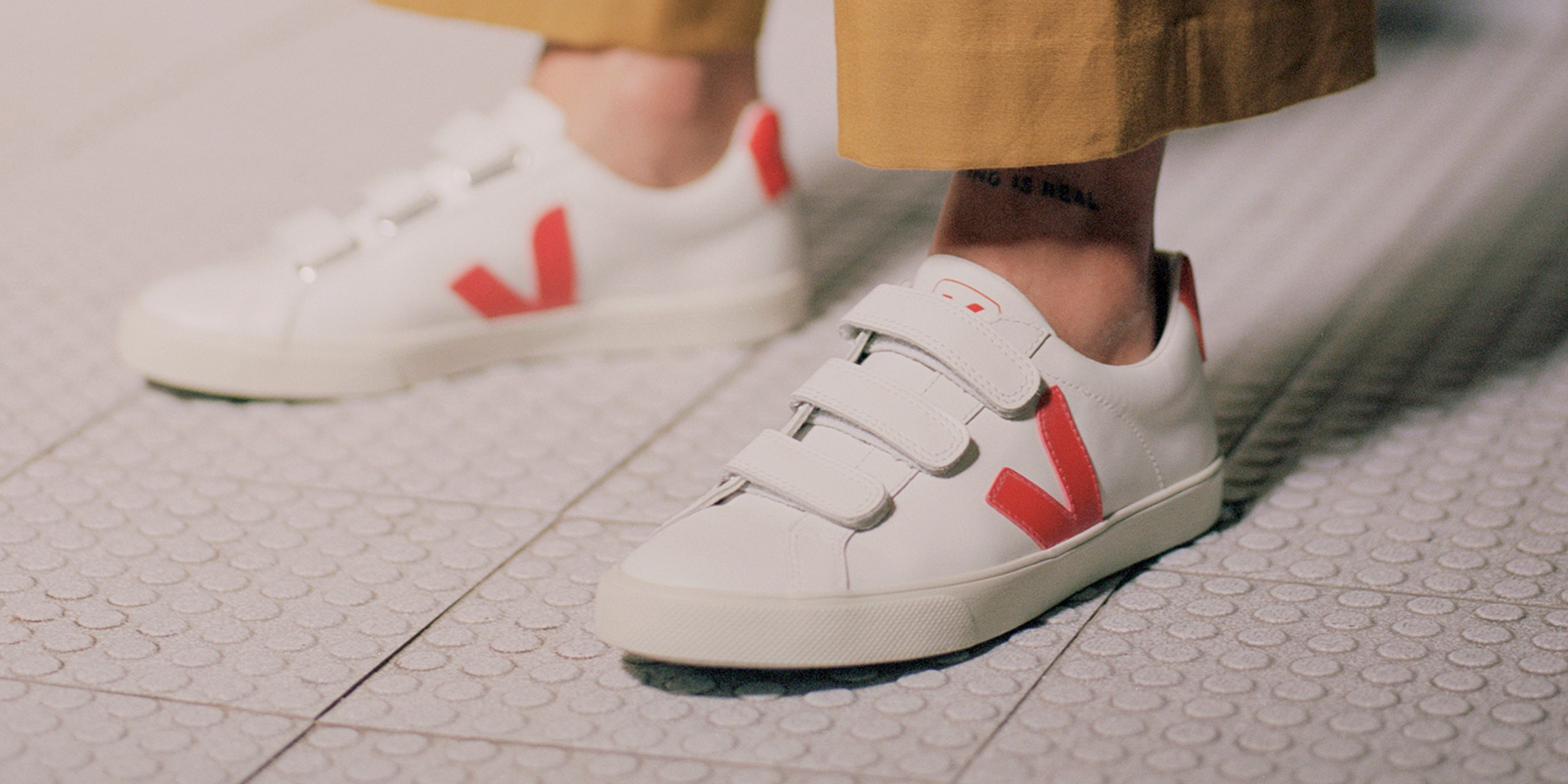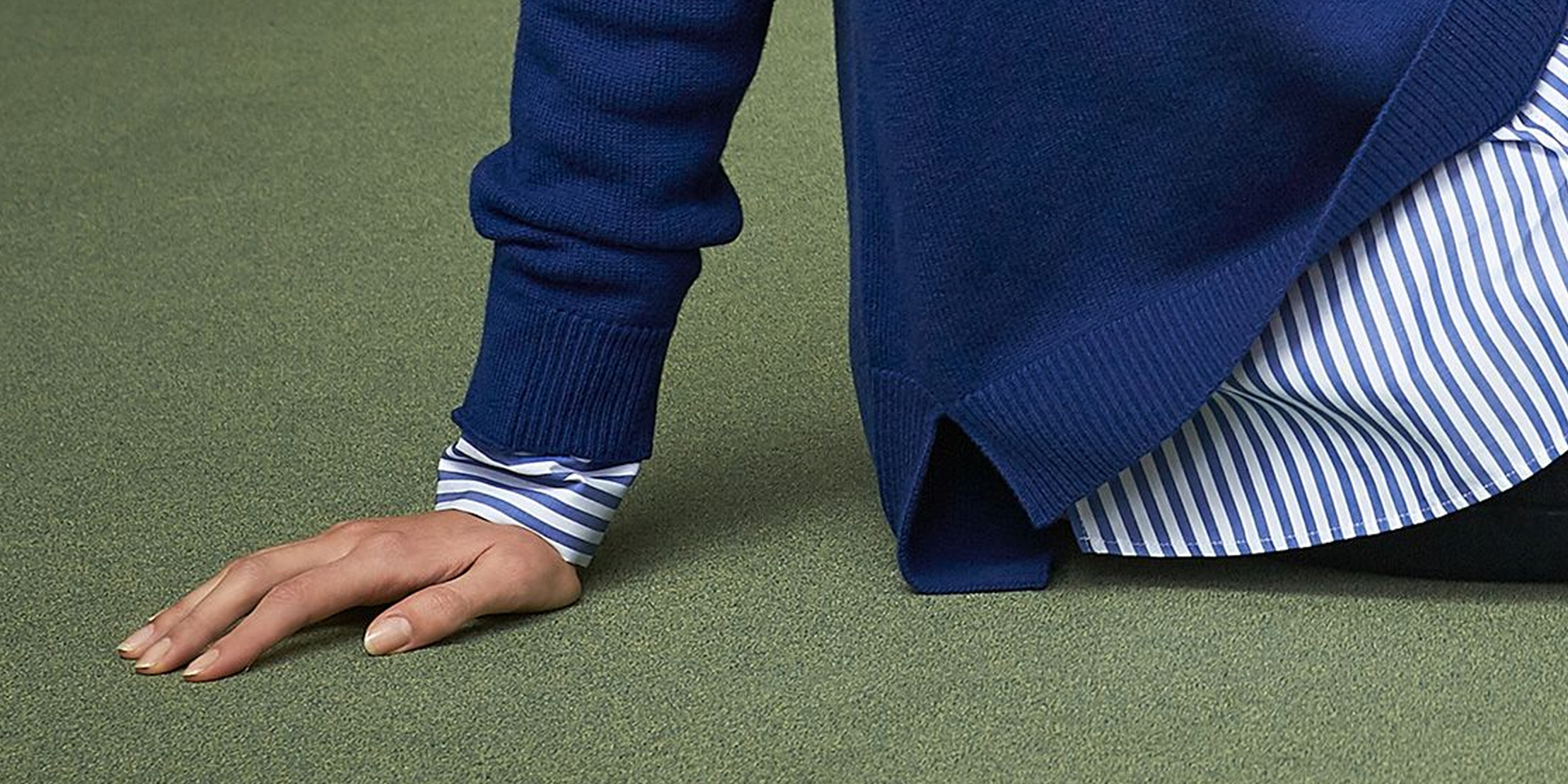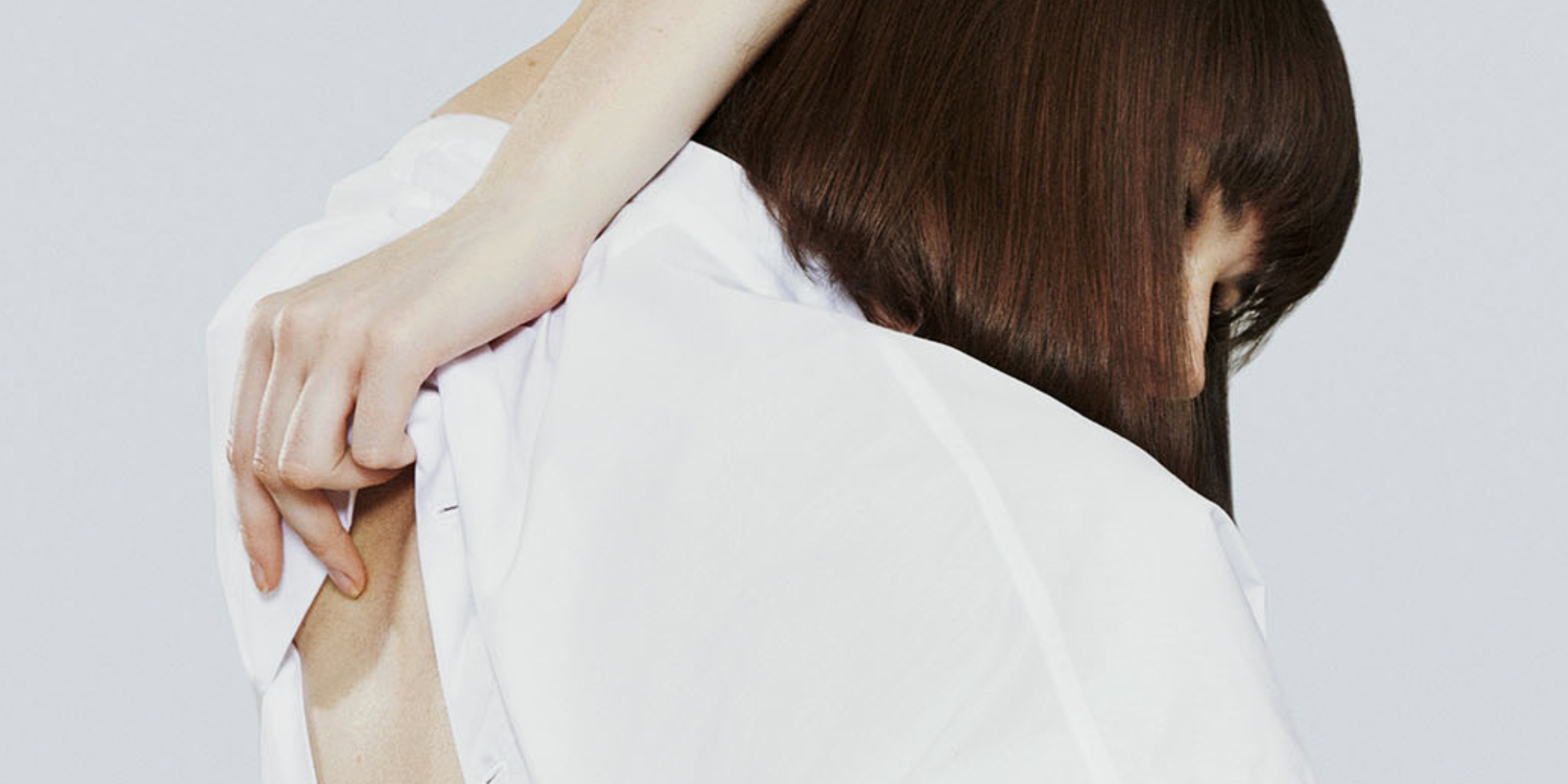Acetate is a versatile material used in everything from coat linings to sunglasses. But what is acetate, exactly? What is it made from? What is it used for? And most importantly, is acetate the lower-impact material tha some manufacturers claim? Let’s have a look.
What is acetate?
Acetate is a human-made, semi-synthetic material derived from cellulose—or, a man-made cellulosic fibre. More precisely, it’s made from wood pulp combined with chemicals like acetic acid (vinegar), acetic anhydride, and sulphuric acid. It can then be spun into fibres, hardened into a sheet, or moulded into shapes.
Fabric made from acetate is shiny and soft and is usually used as an alternative to silk or rayon (also called viscose).
Acetate is the second oldest human-made fabric after rayon. It was invented in Europe in the 19th century as a varnish for aeroplane wings and later developed for use as a fabric in the US in the 20th century.
What is it used for?
Acetate has several uses. It has silk-like qualities, including a good drape, lustrous appearance and slinky handle, so often it’s used as a fabric to make dresses (particularly gowns), garment linings, and even curtains and furnishing materials. Basically, sturdy and fancy items that don’t need to be washed often.
And because it’s thermoplastic—meaning it can soften when heated and return to a hardened state when cooled—acetate can also be used to make accessories like jewellery, glasses, and sunglasses. Acetate has gained popularity in recent years, being touted as a lower-impact alternative to plastic for producing eyewear.. It can also be used as an alternative to tortoiseshell and, according to Eco-Cult’s Alden Wicker, its use might have even helped save Hawksbill sea turtles from going extinct.
Advantages and disadvantages of acetate
Practically speaking, acetate has many advantages. As a fabric, it dries quickly, is strong, doesn’t shrink or pile, and is resistant to moth and mildew stains. In its hardened form, acetate is very easy to process, making it a great and inexpensive material.
However, acetate also has its fair share of disadvantages—it’s not breathable at all, it also wrinkles very easily, and it can melt when it gets too hot, which means you need to be careful when washing it. That’s why the care advice for many acetate garments is to dry clean.
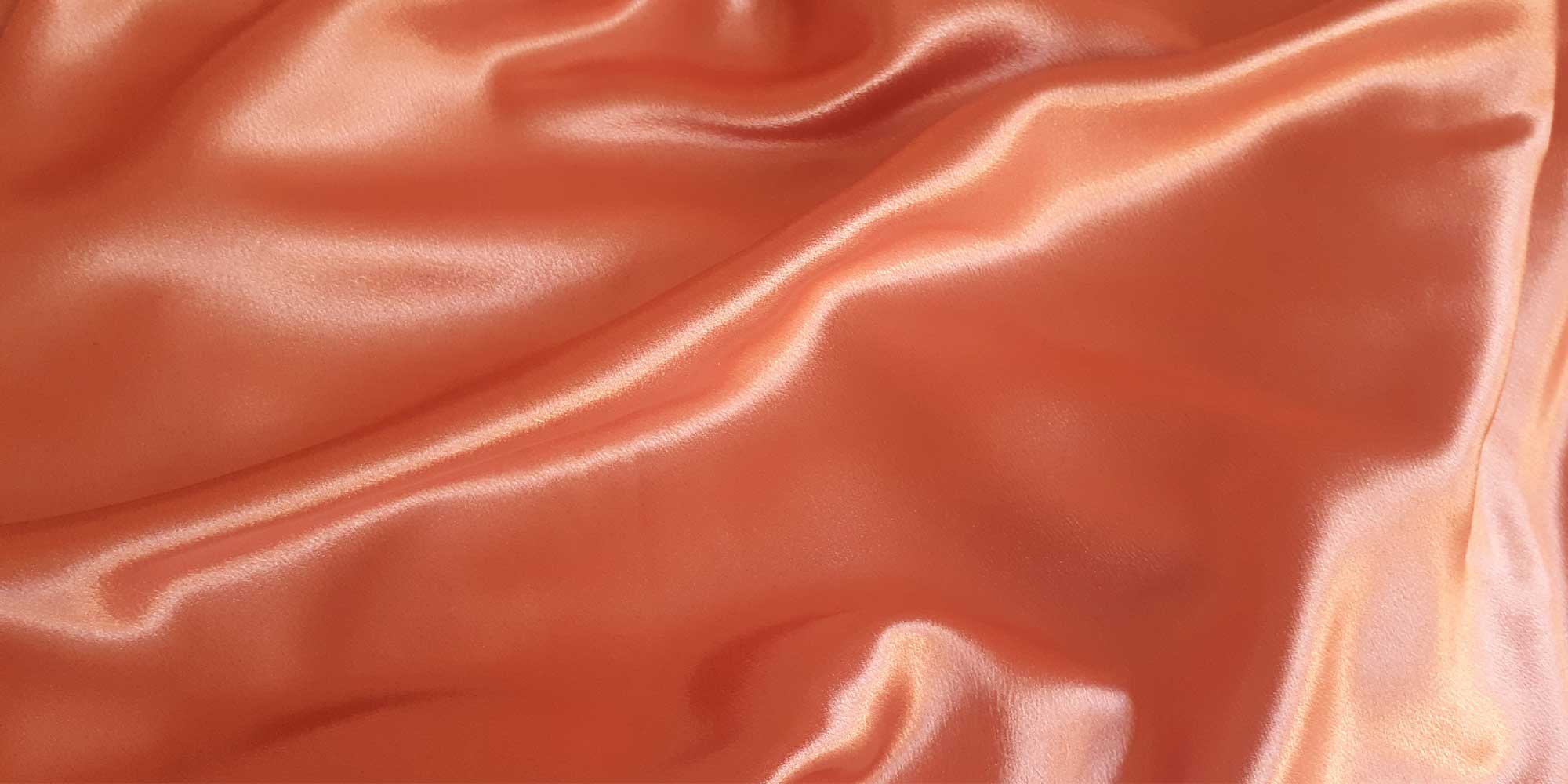
The verdict: is acetate a lower-impact choice?
So, is acetate a sustainable material for clothes and accessories? Not quite.
Acetate’s base material does come from plants, which is good if their cultivation is sustainable and doesn’t rely on cutting down ancient or endangered forests, or clearing land for plantations. It’s been suggested that acetate can eventually biodegrade (though the timeframe is uncertain)—and that hypothetically it could even compost, but, like with all claims in this sphere, that’s highly dependent on the conditions in which the material is discarded, the chemical structure of the material, and the finishes that have been applied to it.
As we noted earlier, numerous chemicals are added to wood pulp in the acetate manufacturing process—some of them are plasticisers derived from petroleum, including the much-discussed and very toxic phthalates that cause a myriad of health issues. There are also the dyes and treatments applied to acetate once it becomes a fabric to consider, too. All these chemicals can be dangerous to you, the workers who manufacture acetate, the environment where the acetate product eventually lands, and any animals who come across it. Chemicals can also leach out of the material as it breaks down, which means that the material might not biodegrade safely.
And if that wasn’t enough, acetate can contribute to microplastic pollution—cellulose acetate was found to be one of seven materials that accounted for over half of the microplastics found in the Arctic.
Our conclusion? You should be wary when buying items made from acetate.
At Good On You, we don’t treat acetate as a preferred material—”It’s better than virgin plastics, but it’s more like choosing the better of two evils,” says our head of ratings, Kristian Hardiman.
If you do opt for acetate, good terms to look out for are “bio-acetate” or “bio-plastic”, which generally mean a higher percentage of the material is made from plants. You should also pick a high quality, long lasting, and timeless product, as the best thing you can do with acetate is keep it in circulation for as long as possible. Finally, double-check certifications. Does the wood pulp come from more sustainable sources like FSC or PEFC-certified plantations? You might find this information on a brand’s website or a garment label.
